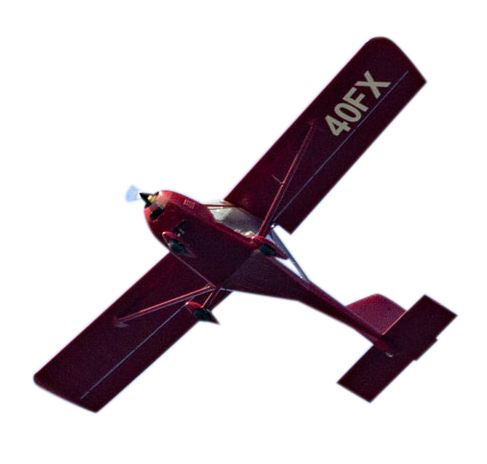 Airmanship
Airmanship
“Airmanship” is the consistent use of good judgment and well-developed skills to accomplish flight objectives. This consistency is founded on a cornerstone of uncompromising flight discipline and is developed through systematic skill acquisition and proficiency. A high state of situational awareness completes the airmanship picture and is obtained through knowledge of one’s self, aircraft, environment, team and risk.” [Redefining Airmanship. Tony Kern. 1996]
The Foundations of Airmanship comprise 3 main areas Knowledge, Skills and Attitude as follows:
Knowledge
Aircraft knowledge comprises a thorough understanding of aircraft sub-systems, emergency procedures, cockpit automation, aircraft flight characteristics and operating limits.
The Environment including the physical, regulatory and organisational environments in which you are operating, for example, the current and forecast weather, airspace structure, available ATC facilities, topography of the area to be overflown etc…
Knowledge of Risk allows you to understand what the consequences or risks are of a reduction of discipline, skill and proficiency, knowledge, Situational Awareness, judgement, aircraft performance (equipment), and weather are to your aircraft and yourself.
Skills
Physical Skills in the physical handling of the aircraft, navigation skills, Instrument flying leading on to the handling of emergencies and recovery from, and survival of, those situations.
Cognitive Skills includes understanding and maintaining situational awareness, the ability to problem solve and apply effective decision-making skills. Not only is it important to understand and manage workload, it is important that you are also capable of self-assessment; one such question that all pilots should ask themselves is “Can I really say, I’m Safe?”’
I ILLNESS Are you well enough to fly?
M MEDICATION Side effects, covering problems?
S STRESS Any pressure, passengers, annoyed?
A ALCOHOL Less than 25% of UK driving limit!
F FATIGUE Enough sleep, well rested?
E EATING Blood sugar correct?
Flight Deck (systems) Management Skills requires avoiding the pitfalls of automation through over-reliance, complacency and bias in an ever-evolving technological environment. This will require not only self-discipline but also skills in managing information from a growing number of sources.
Communication Skills is important in vigilance in monitoring communications and using clear and concise phraseology whilst actively listening to communications
Team skills are less obvious but consider the wider team of other aircraft and ATC. Performance monitoring, leadership and initiative, interpersonal skills and coordination and communications all play a part in the wider airspace environment where a multiplicity of users operate.
Attitudes It is vital to understand the five main hazardous attitudes, their antidotes and the impact on airmanship:
| Hazardous Attitude | Antidote |
|---|---|
| Anti-Authority: “The regulations are for someone else” | “The rules are that way for a reason, please adhere to them.” |
| Impulsivity: “I must act now, there’s no time” | “Not so fast, make time (orbit?). Think first” |
| Invulnerability: “It won’t happen to me” | “It could happen to anyone” |
| Macho: “I’ll show you. I can do it” | “If this goes wrong, can I justify it?” |
| Resignation: “What’s the use?” | “Never give up. There is always something I can do” |

